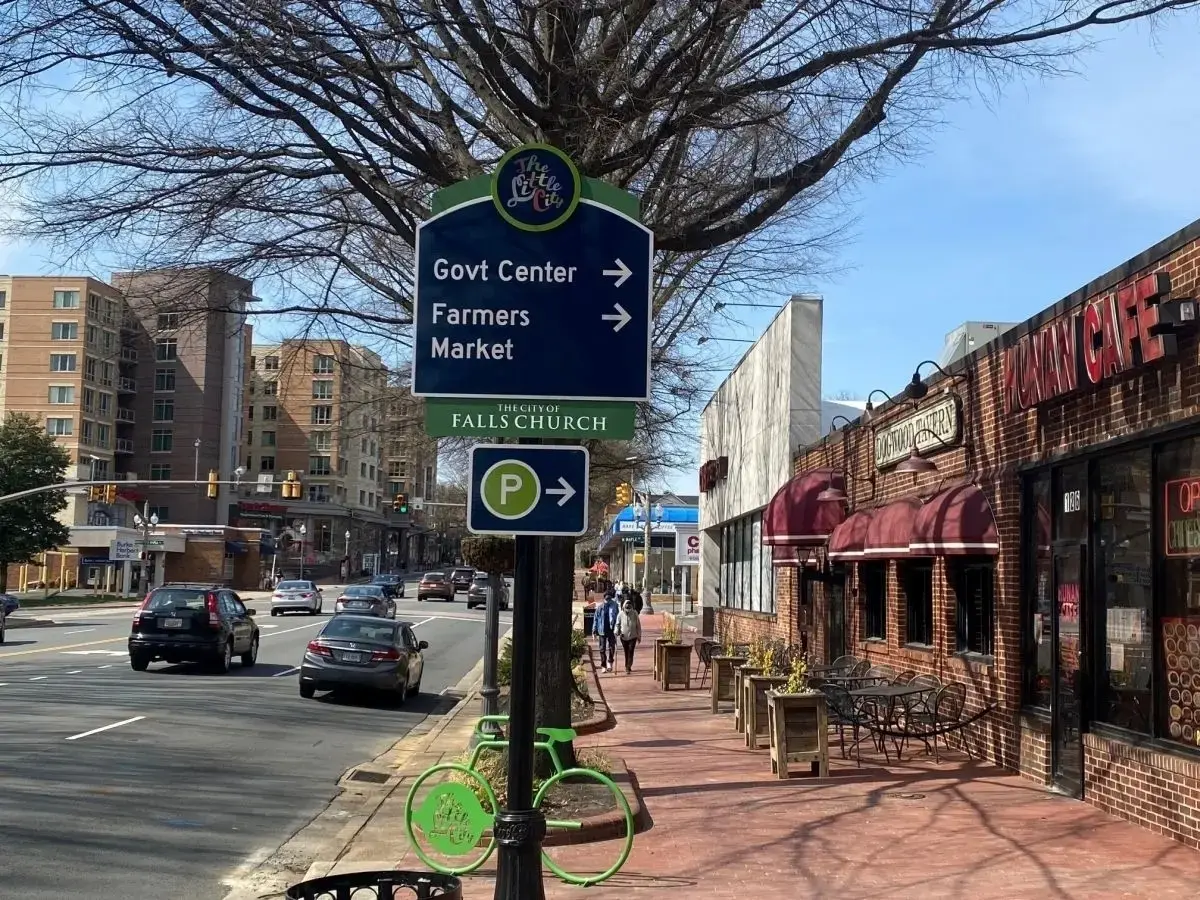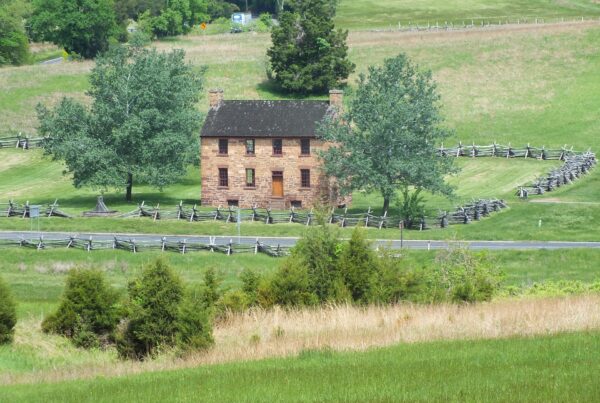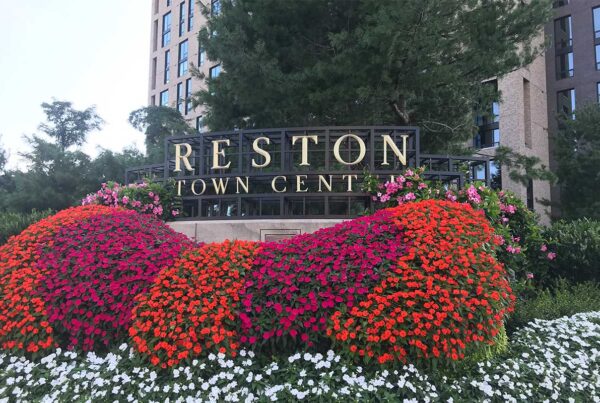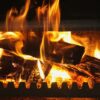Understanding Stage 3 Creosote and Its Impact in Falls Church, VA
Living in the beautiful city of Falls Church, VA, you are no stranger to the charm of a roaring fireplace. However, an inviting fireplace can quickly turn into a hazard if not properly maintained. One concern that often goes unnoticed is the formation of creosote, especially the dangerous Stage 3 creosote.
Creosote is a by-product of burning wood in your fireplace. When the smoke goes up the chimney, it cools down and condenses on the interior walls, forming creosote. It can be a flaky deposit, a tar-like substance, or a shiny glaze, depending on its stage. Among these, Stage 3 creosote poses the most danger due to its highly combustible nature and difficulty to remove.
Understanding Stage 3 Creosote
Creosote buildup occurs in three stages, each one more dangerous than the last. Stage 3 creosote, often termed as “glazed” creosote, is the most problematic. It resembles a shiny, hardened glaze on the chimney’s interior and is densely packed. It’s highly combustible and poses a significant fire risk.
This type of creosote is a result of restricted air supply during combustion. When wood burns incompletely due to insufficient oxygen, it releases unburned tar vapors that condense into this hazardous glaze. As this layer becomes thicker, it reduces the efficiency of your fireplace and increases the risk of a chimney fire.
Impact of Stage 3 Creosote in Falls Church, VA
In Falls Church, VA, the colder months are when fireplaces are used the most. This period also sees an increase in the formation of creosote, including Stage 3 creosote. If left unchecked, this can lead to serious consequences.
The first impact is the increased risk of a chimney fire. Stage 3 creosote is highly flammable and a small spark can ignite it, leading to a dangerous chimney fire that can spread to the rest of the house.
Another impact is the reduction in heating efficiency. Stage 3 creosote buildup restricts the flow of smoke and heat out of the chimney, making your fireplace less effective at warming your home. This can lead to increased fuel usage and higher heating costs.
In addition, the buildup of Stage 3 creosote can cause damage to your chimney. Over time, the hardened creosote can crack and damage the chimney liner, leading to expensive repairs or replacements.
Solution: Professional Chimney Cleaning
The removal of Stage 3 creosote is not a DIY task due to its stubborn nature. It requires professional tools and expertise. Engaging a professional chimney sweep company like “A&T Chimney Sweeps fireplace, furnace, dryer vent, gutter cleaning and repair services in Falls Church VA” can help protect your home from the dangers of Stage 3 creosote.
A&T Chimney Sweeps have the necessary tools and expertise to remove this hazardous buildup. They use a method called mechanical peeling, which effectively removes the hardened glaze without damaging the chimney. Regular cleaning and maintenance by professionals can keep your chimney safe and efficient.
FAQs
1. How often should I have my chimney cleaned?
It is recommended to have your chimney cleaned at least once a year, preferably before the start of the heating season.
2. Can I remove Stage 3 creosote myself?
It’s highly discouraged to attempt to remove Stage 3 creosote yourself due to its dangerous and stubborn nature. Always hire a professional chimney sweep company.
3. What can I do to prevent the buildup of Stage 3 creosote?
Ensure proper airflow during combustion by not restricting air supply and burn only dry, seasoned wood. Also, regular chimney inspections and cleaning by professionals can help prevent creosote buildup.
In conclusion, understanding Stage 3 creosote and its impact is crucial for fireplace owners in Falls Church, VA. By being aware of the dangers and taking preventive measures, you can safely enjoy the warmth and comfort of your fireplace.








